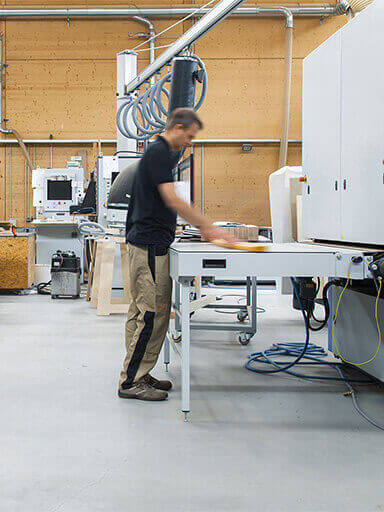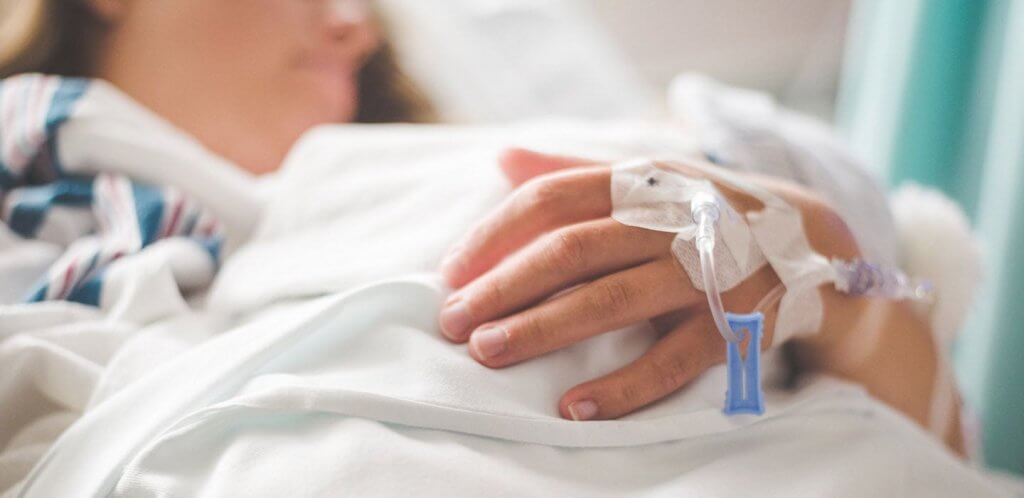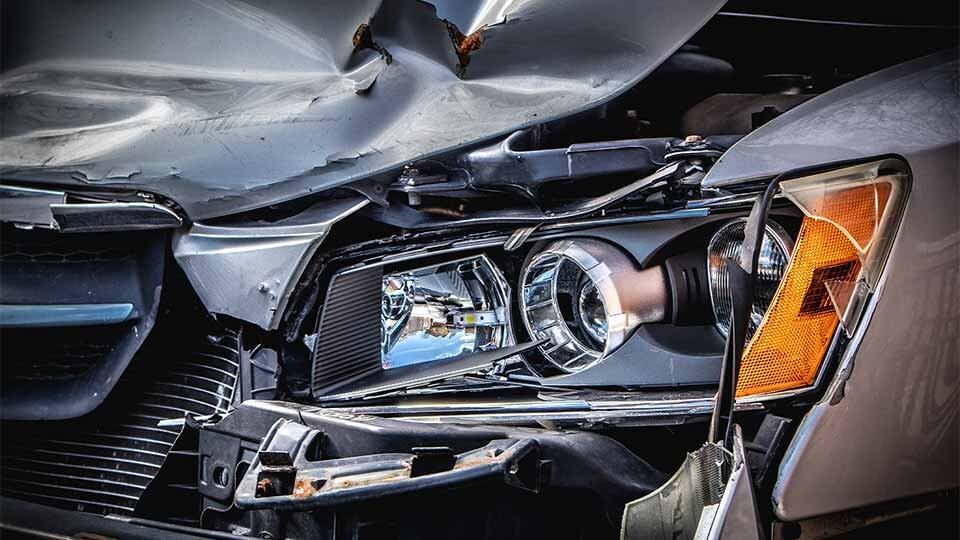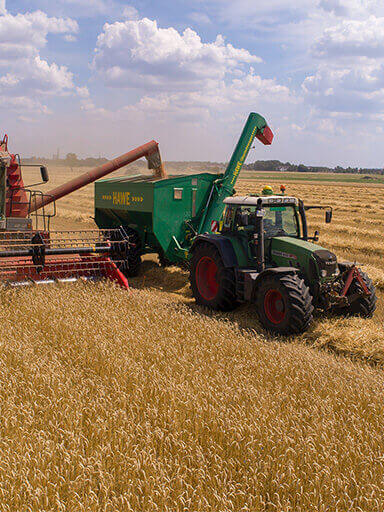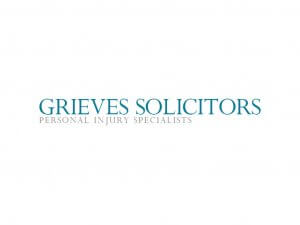Work Accident
Injury Claim for Pedestrian knocked down crossing the road in West Yorkshire
How was Mrs R affected by the injury?
Mrs R was a 47-year-old pedestrian from Huddersfield who was injured early one morning when crossing the road in Dalton, Huddersfield. She was hit by a car on her right upper arm and knocked to the ground. She felt shocked and shaken.
She was crossing the junction and was some distance into the junction having taken 4 or 5 steps into the road before being struck. The car just did not take account of her being there at all.
What happened on the day of the accident?
After our client had composed herself, she was able to get up but was aware that her arm had dropped and her arm became painful.
She was taken to Huddersfield Royal infirmary Accident and Emergency Department where X-Rays revealed she had suffered a fracture to her right proximal humerus (broken shoulder). Her right arm was elevated in a sling and she was discharged home. She returned to the fracture clinic 2 days later when it was decided she needed an operation to treat her injury. She was fitted with plates and screws. She also required a further operation which further assisted her and greatly improved her condition. She also needed physiotherapy. In addition she experienced lower back pain as a result of the accident.
How was Mrs R affected by these injuries?
Mrs R was a pedestrian who was knocked down by a car as she was crossing the road. She sustained multiple trauma injuries as a result of the impact and was taken from the scene by ambulance and was found to have sustained various trauma injuries including a serious comminuted four part fracture of the right upper arm.
Operation
This injury was treated by way of an operation consisting of open reduction and internal fixation with pins and plates being utilised. The arm was then immobilised using a sling for three weeks and mobilisation via physiotherapy followed. Whilst she attempted to return to work initially the pain and limitation of movement meant she was handicapped at work.
Given the assessment of her ongoing pains and limitations it was decided that a further operation should be attempted. This second operation was an arthroscopic capsular release procedure and this was followed up by further physiotherapy and recuperation.
Painkilling medication in the form of codeine and naproxen was taken daily until after the second operation took place. Despite the second operation she still had limitation of movement and pain, particularly with any overhead arm movements and also when handling heavier weights. The expert is of the view that some limitation of movement will be permanent.
The back pains aggravated by the trauma of the impact with the vehicle and road returned to their pre-accident levels approximately 16 or so months after the accident.
Scarring
She however had been left with residual scarring of approximately 12 cm to the right arm accompanied by an expected permanent loss of movement.
Psychological Injuries
Her injuries had an adverse effect on her psychological condition resulting in depression. This however lifted and improved after the Claimant’s to return to work and second operation. A residual anxiety around road junctions however remained.
Rehabilitation
Grieves Solicitors arranged active rehabilitation through a request to her opponent. This was provided by Proclaim Care and they undertook a Hand and Upper Limb Evaluation to assess needs and limits with the costs of the further operation and recuperative physio/treatment being paid by them.
Loss of Earnings
She was unable to return to work due to considerable pain and lack mobility/function of the right arm four months.
This first return to work was however limited and she required assistance from her colleagues and worked reduced hours. The phased return led back to 5 days a week being performed but function and pain were adversely affecting the Claimant.
As a result of her continuing pains and limitation of movement the further operation was undertaken. This required a further period of six weeks absence when she was unable to work.
Additional expenses
She had to buy some new clothes to fit over the arm sling and also some new slip on boot as her arm could not cope with the force required to put her existing boots on. Her daughter had a birthday party booked but this had to be cancelled in the aftermath of the accident/injuries
Care and assistance (largely provided by husband)
In the first 3-4 months she was significantly handicapped being unable to work and care for herself. She relied upon her husband to look after her: helping her dress and wash, prepare food, do the housework etc. For the first two months this assistance was at its height and the Claimant was effectively completely reliant upon her husband for care and assistance and for undertaking her role.Gradually in the following months this reliance decreased. When she returned to work she was largely self-caring but limited. Following the second operation she required approximately 6 weeks off work and again was very reliant upon her husband during this period of convalescence. As her husband was unavailable a friend looked after the children. She still required ongoing assistance with heavier aspects of domestic housework but as she has returned to the vast majority of her pre-accident roles
Why did she choose Grieves Solicitors to help her make her pedestrian injury claim?
Mrs R said she selected Grieves Solicitors to pursue her claim as are we are experts in personal injury claims for road traffic accidents across Yorkshire and she had found us on the internet.
How did Grieves Solicitors approach the claim?
The claim was made against the driver who caused the accident. The case was particularly difficult as our client’s opponents refused to accept that our client’s injuries were caused by the accident. However, in order to save our client from having to go to court, Grieves Solicitors were successful in negotiating an excellent settlement for her by making a well place offer to settle. We obtained the medical evidence to prove her injuries and collected all the evidence needed to support her claim for financial losses including loss of earnings and care by her husband. We also worked with her opponents to rehabilitate our client so that they paid for the private costs of the operation rather than waiting for the NHS and physiotherapy.
How did Mrs R benefit from the claim?
Mrs R received the compensation she deserved for her accident-related injuries. Mrs R received compensation for the pain suffering and loss of amenity she has been left with and for her loss of earnings. She was able to get her much needed operation done privately and recuperative physiotherapy paid for by her opponents rather than waiting for the NHS so she could return to work and normality as soon as possible and have reduced pai.
If you have been injured in a Pedestrian Accident and want some advice, please get in touch with the Road Traffic Accident Solicitors at Grieves Solicitors, one of Yorkshire’s leading Serious & Personal Injury Claim firms FREE on 0800 0747 644 for a no-obligation chat about your claim.
Let us help you
